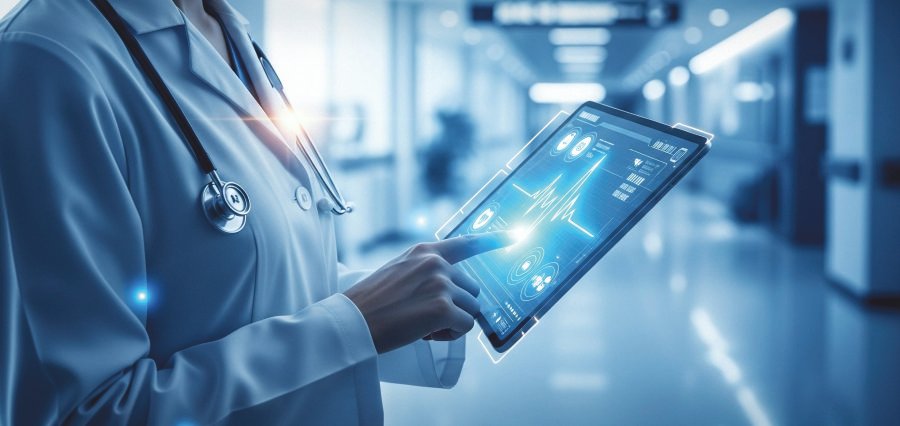Prime Highlight
- The South Korean government has launched a seven-year plan to accelerate the development of advanced medical devices and strengthen its global industry presence.
- The initiative will promote collaboration among hospitals, research institutes, and companies to produce “game-changing” healthcare technologies.
Key Facts
- From 2024 to 2030, the government will invest 941 billion won (US$622 million) in six focus areas, including medical robots, dental implants, and next-generation molecular diagnostics.
- The project follows a previous program (2020–2025) that resulted in 433 regulatory approvals, 445 patents, and 185.2 billion won in sales.
Background
South Korea will spend over 900 billion won ($622 million) in the next seven years to develop new and advanced medical devices, the Ministry of Trade, Industry, and Resources announced on Wednesday.
From 2024 to 2030, the government will give 941 billion won to help hospitals, research institutes, and companies create innovative medical technologies. The plan aims to produce “game-changing” devices that can strengthen Korea’s position in the global medical industry.
The investment will mainly support six key areas, such as medical robots, dental implants, and next-generation molecular diagnosis technologies. The government also plans to localize 13 essential medical devices that are currently imported, in an effort to improve medical security and self-reliance.
“This is a joint effort across government departments to drive the development of high-tech medical devices, a key engine of national growth,” the ministry said in a press release. “We will continue to work closely with the research and business community to make this project successful.”
The new project follows an earlier initiative that ran from 2020 to 2025, which achieved 433 regulatory approvals, 445 patent registrations, and 185.2 billion won in sales. That program helped local companies strengthen their innovation and global competitiveness.
Through this new investment, Korea aims to lead the global medical device market and strengthen its foundation for sustainable healthcare innovation in the future.




